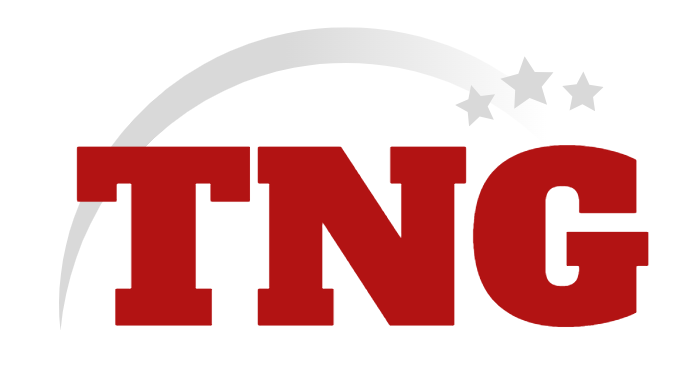Content

Fixed assets generally apply to property, plant and equipment (PP&E). While noncurrent assets can lower cash flow, they can signal to investors that you are serious about growing your company and increasing your customers’ trust in your brand as you scale your line. Another factor to consider when determining if an item should be classified as an asset or liability is its lifespan. If it will last longer than one year and continue to add value over time, then it’s typically considered an asset.
Is equipment included in inventory?
If a business routinely engages in the purchase and sale of equipment, these items are instead classified as inventory, which is a current asset.
Below is a portion of Exxon Mobil Corporation’s (XOM) quarterly balance sheet as of September 30, 2018. To solve this problem, a portion of the expense is spread out over a number of years instead. Expenses accounted for in this way are known as “capital expenditures”.
What Is Office Equipment In Balance Sheet?
The same principle holds for the Liabilities section, where you’ll list all current liabilities, as well as those that are long term, such as mortgages and other loans. Both a classified and an unclassified balance sheet must adhere to this formula, no matter how simple or complex the balance sheet is. The articles and research support materials available on this site are educational and are not intended to be investment or tax advice. All such information is provided solely for convenience purposes only and all users thereof should be guided accordingly.
- Computer software can be considered a long-term asset that falls under fixed assets like buildings and land.
- Common stock, additional paid-in capital, treasury stock, and retained earnings are listed for corporations.
- One of the essential tasks in accounting is determining whether equipment is an asset or a liability.
- For example, in the balance sheet above, equipment and fixtures are listed together under assets in the amount of $17,200.
Intangible assets are often intellectual assets, and as a result, it’s difficult to assign a value to them because of the uncertainty of future benefits. The classifications used can be unique to certain specialized industries, and so will not necessarily match the classifications shown here. Whatever system of classification is used should be applied on a consistent basis, so that balance sheet information is comparable classified balance sheet over multiple reporting periods. In addition, equipment assets allow businesses to carry out their operations more efficiently and effectively. By having access to reliable and high-quality equipment, employees are able to work at their best ability which means greater productivity levels and output rates. Equipment refers to the tools, machinery or appliances that are used in a business to produce goods or services.
Are Current Assets Depreciated?
Since your equipment is a long-term asset that provides sustainability, it’s essential to manage it properly. The more you think of equipment as an asset and less as a tool, the easier it will be to put in the time and money for the maintenance and upgrades it requires. While your company focuses on selling your products or services to make money, you may take for granted the hardware that streamlines this process. Whether you are establishing a startup or expanding your company, equipment is a long-term asset that can provide value now and in the future.
Once the information has been entered into the correct categories, you’ll add each category or classification individually. When that is complete, you’ll need to add all the subtotals to arrive at your asset total, which is $236,600. The Current Assets list includes all assets that have an expiration date of less than one year. The Fixed Assets category lists items such as land or a building, while assets that don’t fit into typical categories are placed in the Other Assets category. While some of the differences between unclassified and classified balance sheets are in the formatting, classified balance sheets are designed to display details. Intangible assets are typically nonphysical assets used over the long-term.
Intangible Assets
The one major downside of high debt levels in the accompanying higher levels of financial leverage which could severely amplify a company’s losses during an economic downturn. Noncurrent assets are added to current assets, resulting in a “Total Assets” figure. https://www.bookstime.com/ property, plant, and equipment.. An intangible asset is an asset that can not be seen but it can be felt. The intangible assets are amortized and the amount can be deducted from the intangible assets. It is similar to the depreciation of fixed assets which is deducted from the fixed assets.
Editorial content from The Ascent is separate from The Motley Fool editorial content and is created by a different analyst team. You can set the default content filter to expand search across territories. These materials were downloaded from PwC’s Viewpoint (viewpoint.pwc.com) under license. Carbon Collective is the first online investment advisor 100% focused on solving climate change. We believe that sustainable investing is not just an important climate solution, but a smart way to invest.
